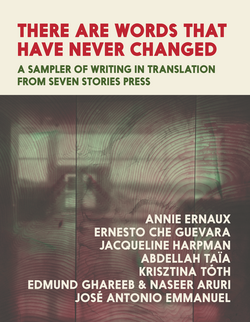Único entre sus libros, Pasajes de la Guerra Revolucionaria: Congo es un retrato del Che brutalmente honesto que ilustra su capacidad como cuentista; en sus relatos de los fascinantes episodios de conflicto armado de la guerrilla no hay hesitación, endulzamiento o jerga. Algunos lo consideran el mejor libro del Che, también es uno de los pocos que editó para la publicación luego de escribirlo.
En abril de 1965, el Che Guevara se marcha de La Habana al Congo para dirigir a 200 veteranos cubanos que asisten al movimiento de liberación africana contra los colonialistas belgas, cuatro años después del asesinato del presidente socialista democráticamente electo, Patrice Lumumba.
Porque el diario trata el admitido “fracaso” del Che, examina cada detalle doloroso de lo sucedido para poder extraer enseñanzas constructivas para futuros movimientos guerrilleros.


























